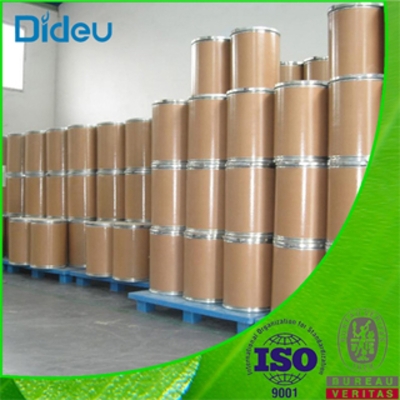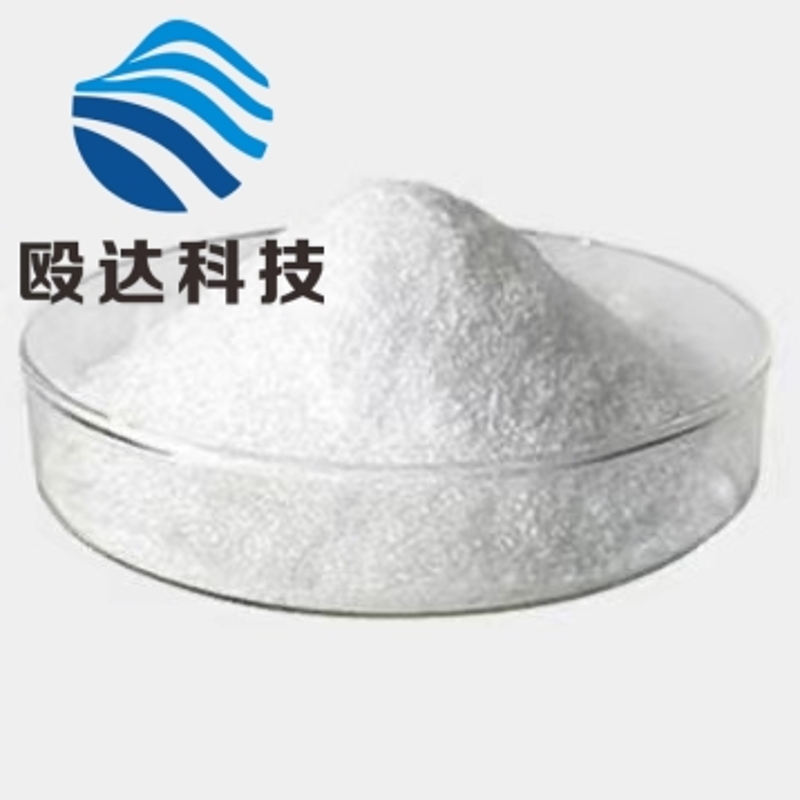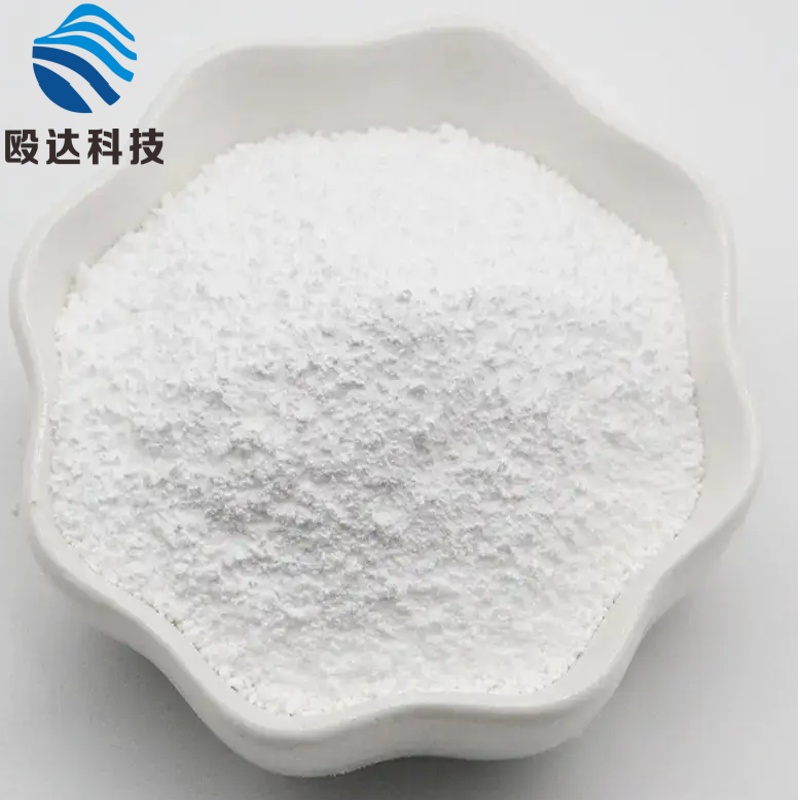-
Categories
-
Pharmaceutical Intermediates
-
Active Pharmaceutical Ingredients
-
Food Additives
- Industrial Coatings
- Agrochemicals
- Dyes and Pigments
- Surfactant
- Flavors and Fragrances
- Chemical Reagents
- Catalyst and Auxiliary
- Natural Products
- Inorganic Chemistry
-
Organic Chemistry
-
Biochemical Engineering
- Analytical Chemistry
- Cosmetic Ingredient
-
Pharmaceutical Intermediates
Promotion
ECHEMI Mall
Wholesale
Weekly Price
Exhibition
News
-
Trade Service
Synthetic Routes of diethyl-{2-[5-nitro-2-(4-propoxy-benzyl)-benzoimidazol-1-yl]-ethyl}-amine: A Comprehensive Review
Introduction:
Diethyl-{2-[5-nitro-2-(4-propoxy-benzyl)-benzoimidazol-1-yl]-ethyl}-amine, commonly referred to as N,N-diethyl-2-(5-nitro-2-(4-propoxybenzyl)benzoimidazole-1-yl)ethylamine or simply DEBPBA, is a synthetic compound that has gained significant attention in the chemical industry due to its unique chemical properties and versatile applications.
The synthesis of DEBPBA has been extensively studied, and various synthetic routes have been reported in the literature.
This article provides a comprehensive review of the different synthetic routes of DEBPBA, highlighting their advantages, limitations, and applications.
Synthetic Routes:
- Hydrochloride salt method:
The hydrochloride salt method is a commonly used synthetic route for the preparation of DEBPBA.
This method involves the reaction of 5-nitro-2-(4-propoxybenzyl)benzoimidazole (NOPBBI) with ethyl amine in the presence of a base, such as sodium hydroxide, to form the N-ethylated derivative.
The resulting N-ethylated derivative is then treated with a reactive reagent, such as hydrochloric acid, to form the hydrochloride salt of DEBPBA.
This method is relatively simple, inexpensive, and efficient, but it is limited by the availability of the starting materials and the need for purification of the final product. - Directethanamine method:
The directethanamine method is an alternative synthetic route for the preparation of DEBPBA that avoids the use of a reactive reagent such as hydrochloric acid.
This method involves the reaction of NOPBBI with ethanamine in the presence of a base, such as triethylamine, to form the N-ethylated derivative.
The resulting N-ethylated derivative is then treated with a solvent, such as ethyl acetate, to extract the desired product.
This method is relatively mild and does not require the use of a reactive reagent, but it is more complicated and requires additional steps for purification. - Hydrogenation method:
The hydrogenation method involves the reduction of DEBPBA using hydrogen gas in the presence of a metal catalyst, such as palladium on barium oxide, to form the corresponding amine.
This method is useful for the preparation of DEBPBA that can be further derivatized or functionalized, as the resulting product is more stable and less reactive than the original DEBPBA.
However, the hydrogenation method is more complex and requires specialized equipment, which makes it less practical for industrial applications. - Schiff base method:
The Schiff base method involves the formation of a copper(I) complex from the reaction of DEBPBA with a phenol, such as resorcinol, in the presence of a base, such as sodium hydroxide.
The resulting copper(I) complex is then treated with a reducing agent, such as hydroboration-oxidation, to form the corresponding amine.
This method is more complex and requires specialized reagents, but it is highly selective and can be used for the synthesis of DEBPBA from a variety of starting materials.
Advantages and Limitations:
The different synthetic routes of DEBPBA have their own advantages and limitations, depending on the specific application and the availability of the starting materials.
The hydrochloride salt method is relatively simple and efficient, but it is limited by the availability of the starting materials and the need for purification of the final product.
The directethanamine method is less reactive and more mild, but it is more complicated and requires additional steps for purification.
The hydrogenation method is useful for the preparation of DEBPBA that







